Filter data
|
ID |
Nickname |
Country / City |
Languages |
Taxonomies |
Comment |
Project / Group |
Map |
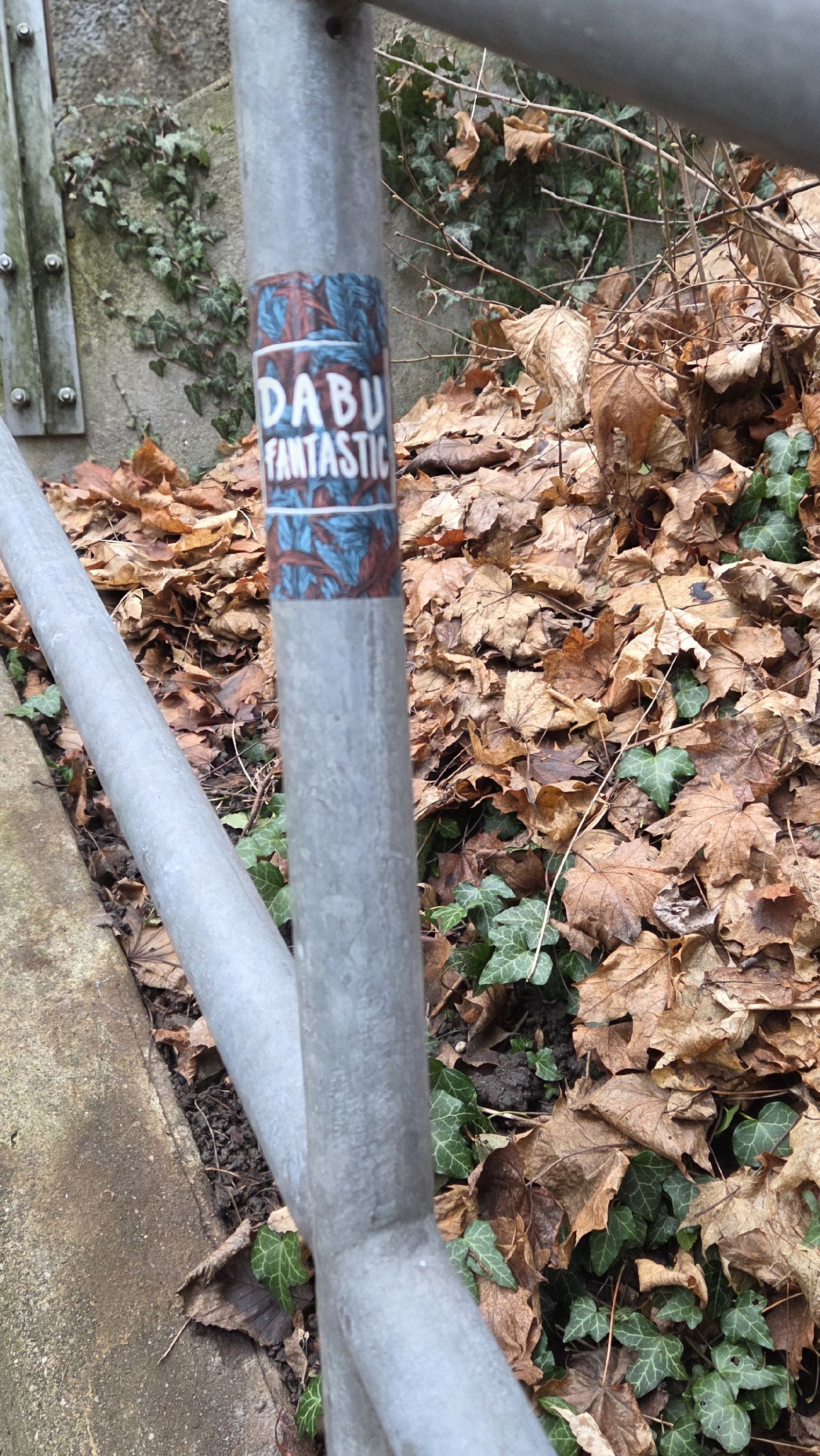
|
149265
|
MSchiegg
|
Switzerland
Freiburg
|
|
|
—
|
Freiburg/Fribourg2025
|
|

|
149264
|
MSchiegg
|
Switzerland
Fribourg
|
|
|
—
|
Freiburg/Fribourg2025
|
|
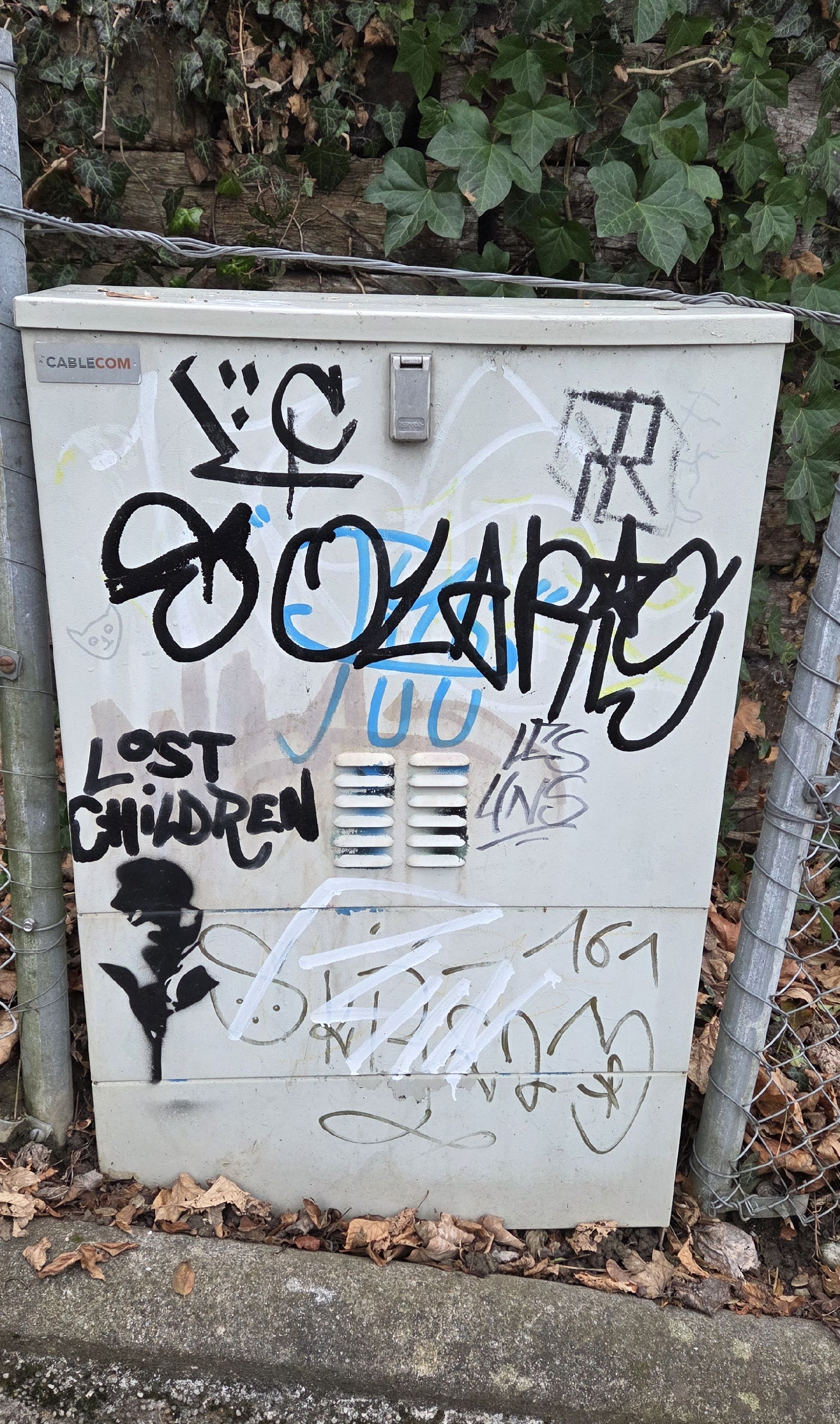
|
149262
|
MSchiegg
|
Switzerland
Fribourg
|
|
|
—
|
Freiburg/Fribourg2025
|
|
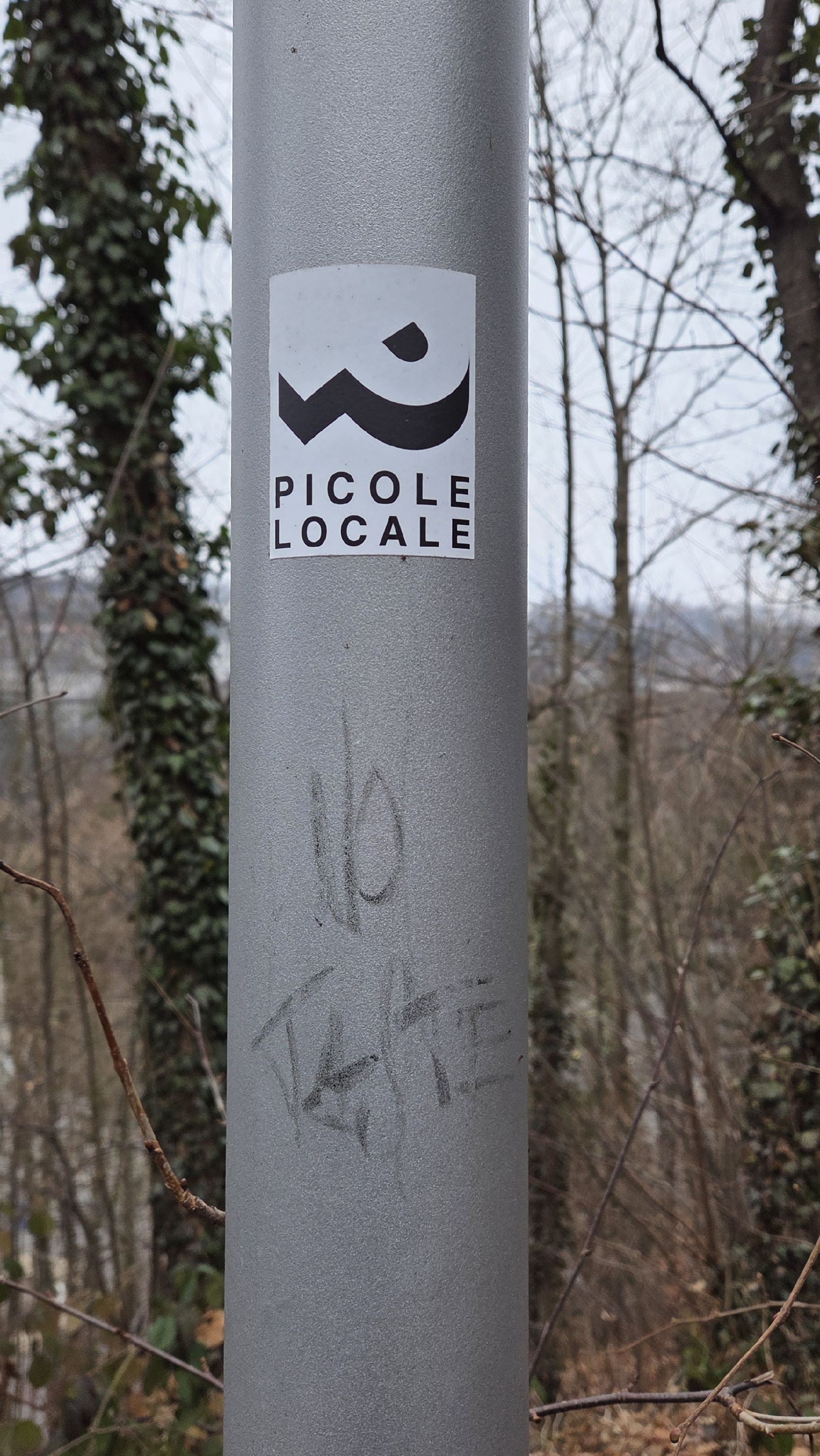
|
149261
|
MSchiegg
|
Switzerland
Fribourg
|
|
|
—
|
Freiburg/Fribourg2025
|
|
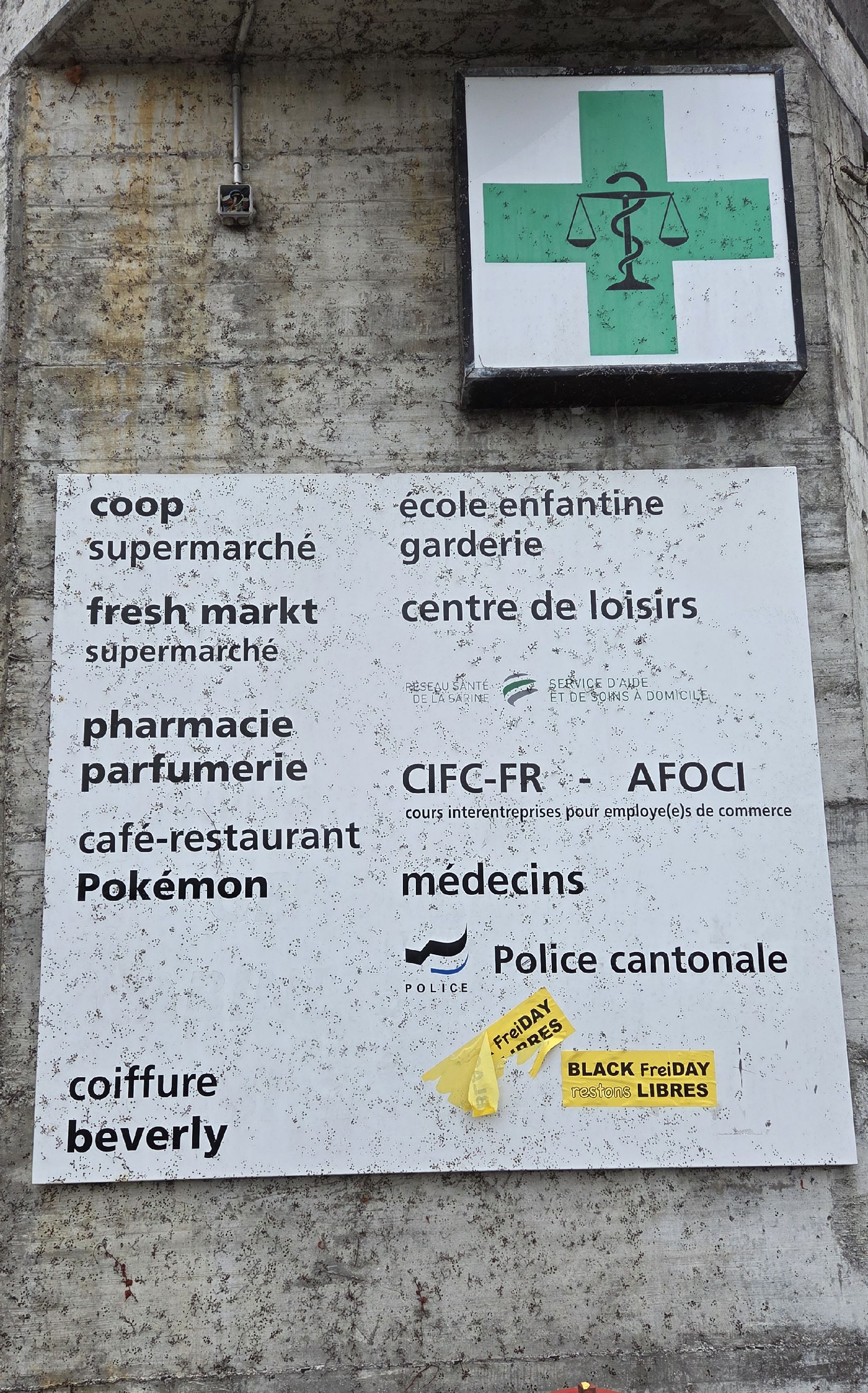
|
149260
|
MSchiegg
|
Switzerland
Fribourg
|
|
|
—
|
Freiburg/Fribourg2025
|
|
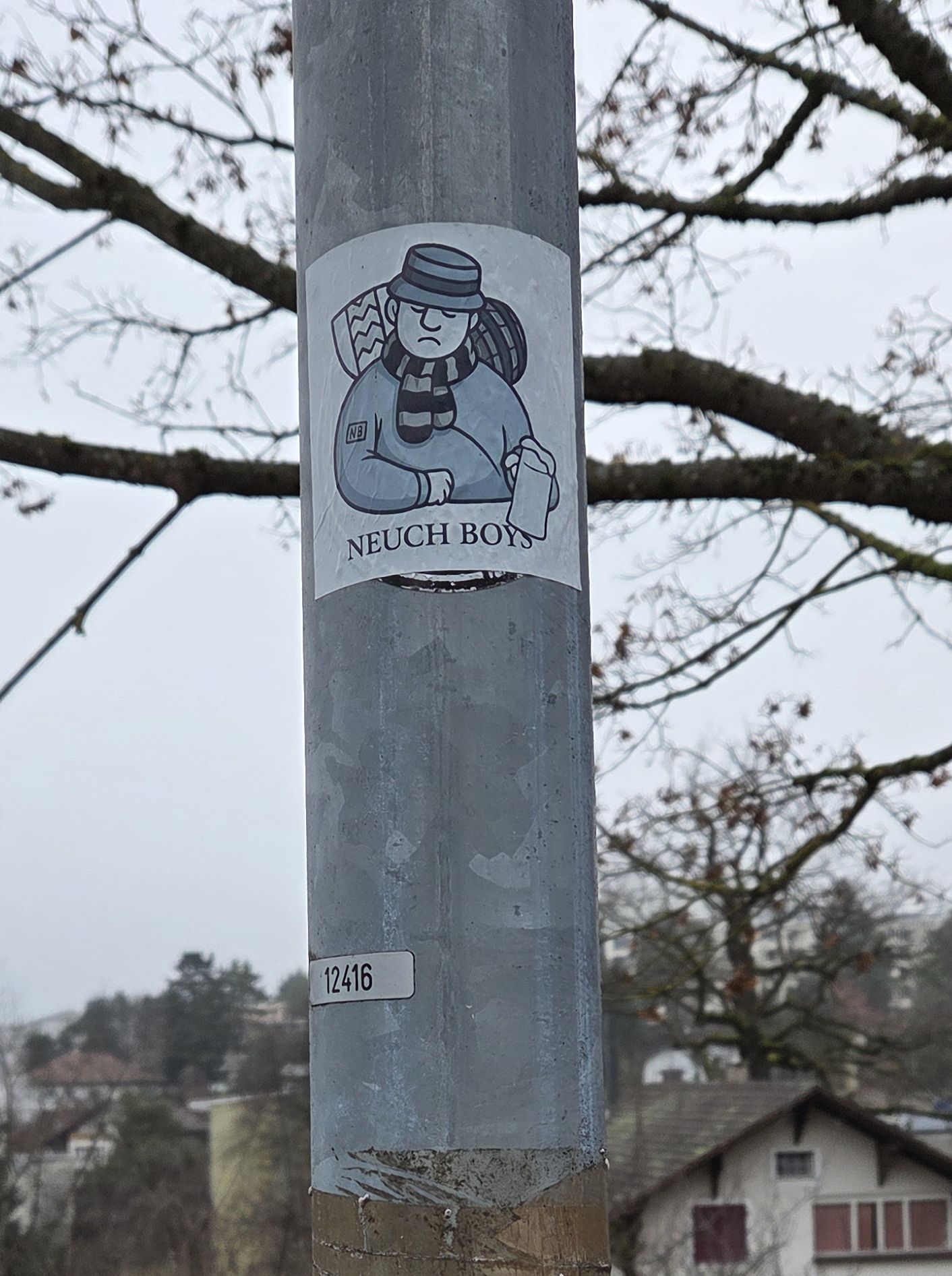
|
149259
|
MSchiegg
|
Switzerland
Fribourg
|
|
|
—
|
Freiburg/Fribourg2025
|
|
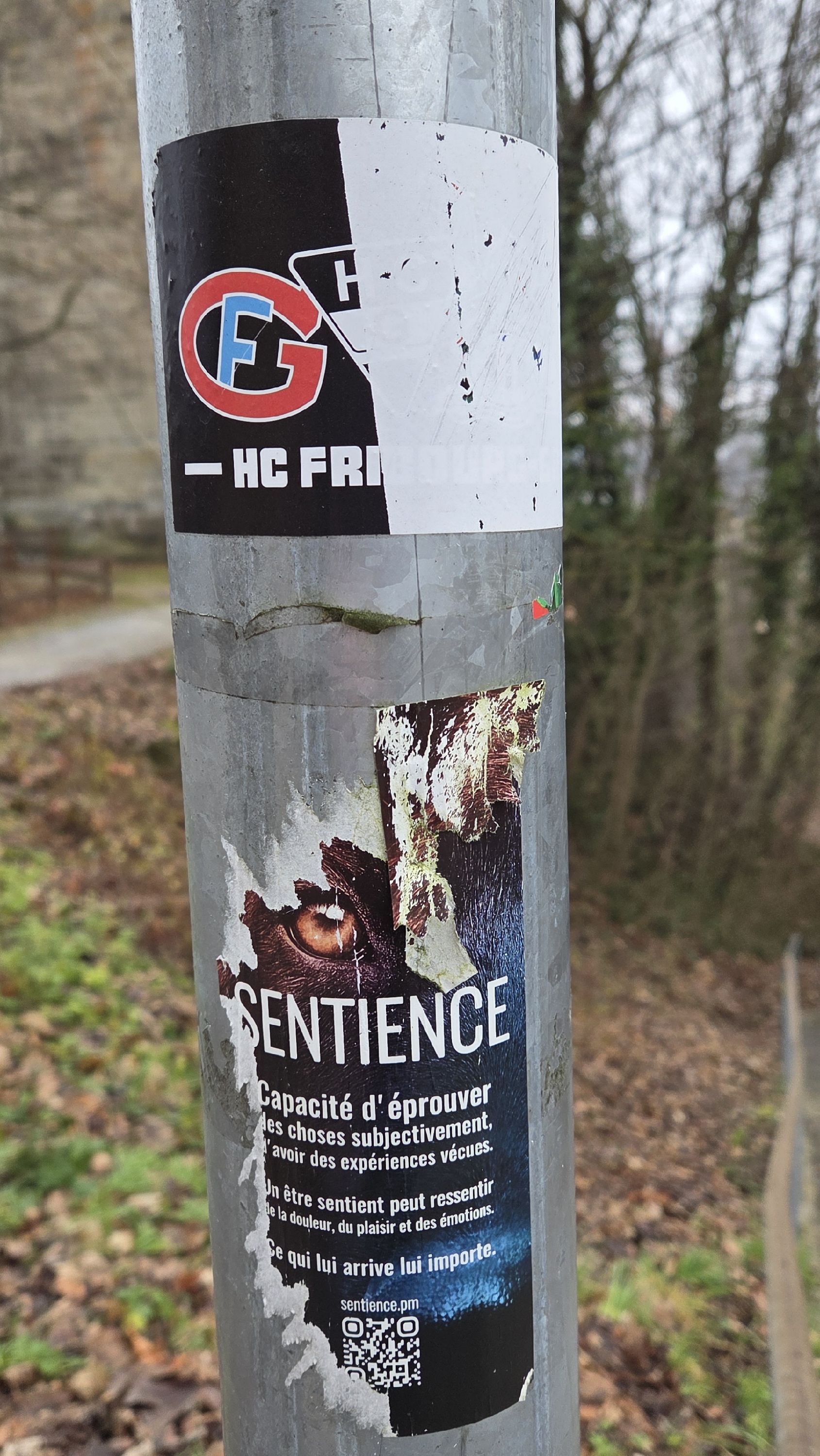
|
149258
|
MSchiegg
|
Switzerland
Fribourg
|
|
|
—
|
Freiburg/Fribourg2025
|
|
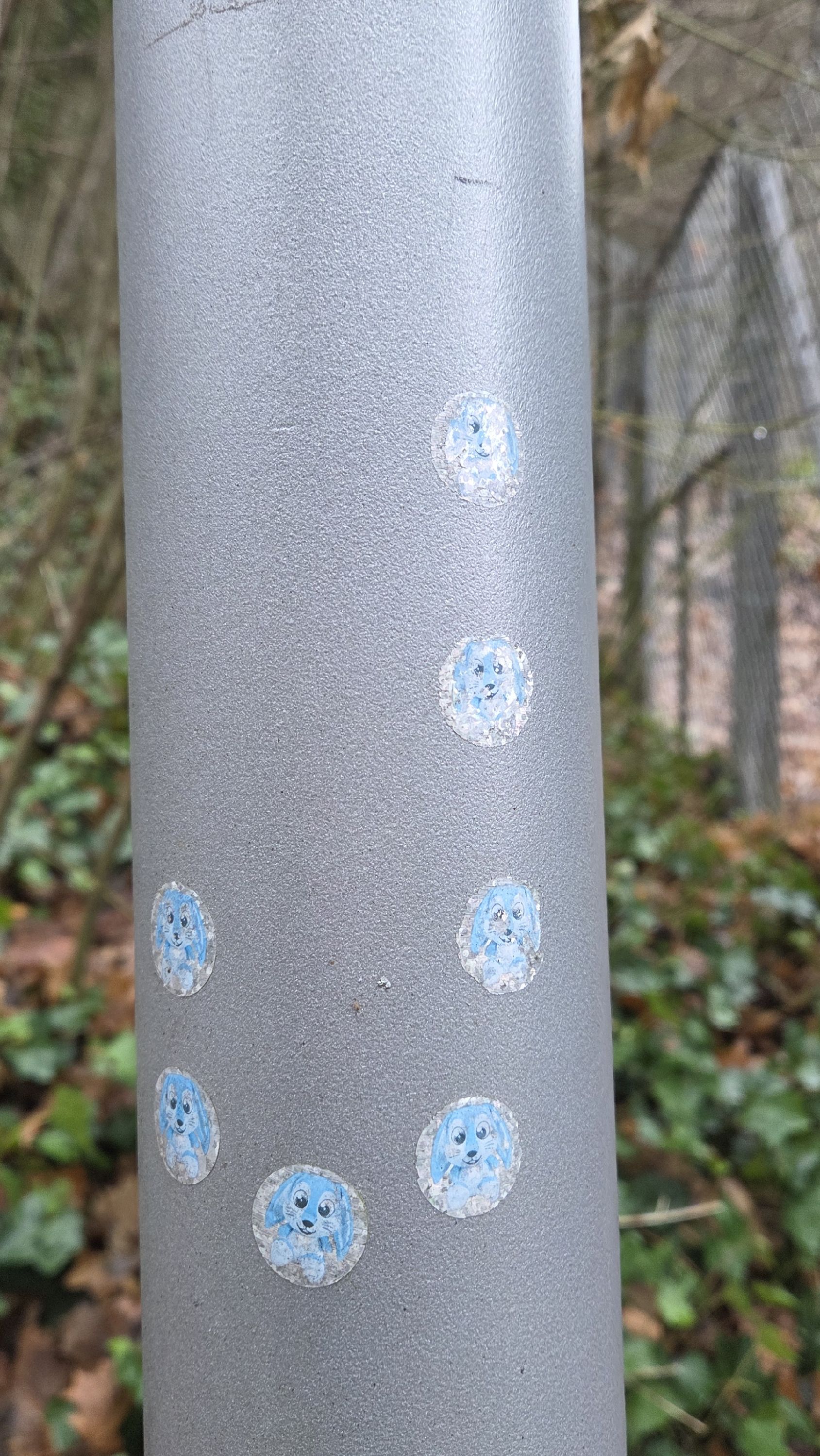
|
149257
|
MSchiegg
|
Switzerland
Fribourg
|
|
|
—
|
Freiburg/Fribourg2025
|
|
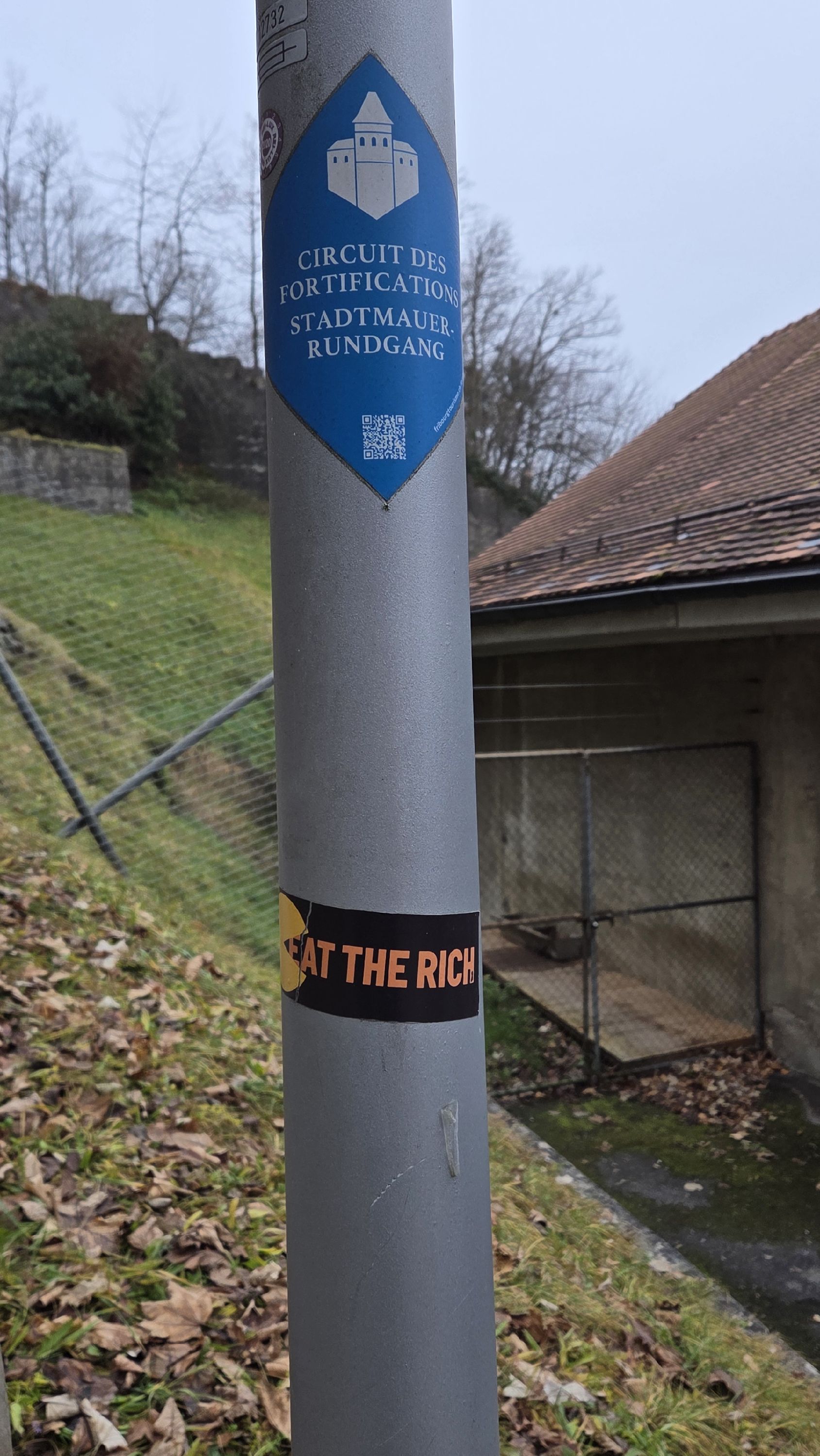
|
149256
|
MSchiegg
|
Switzerland
Fribourg
|
|
|
—
|
Freiburg/Fribourg2025
|
|
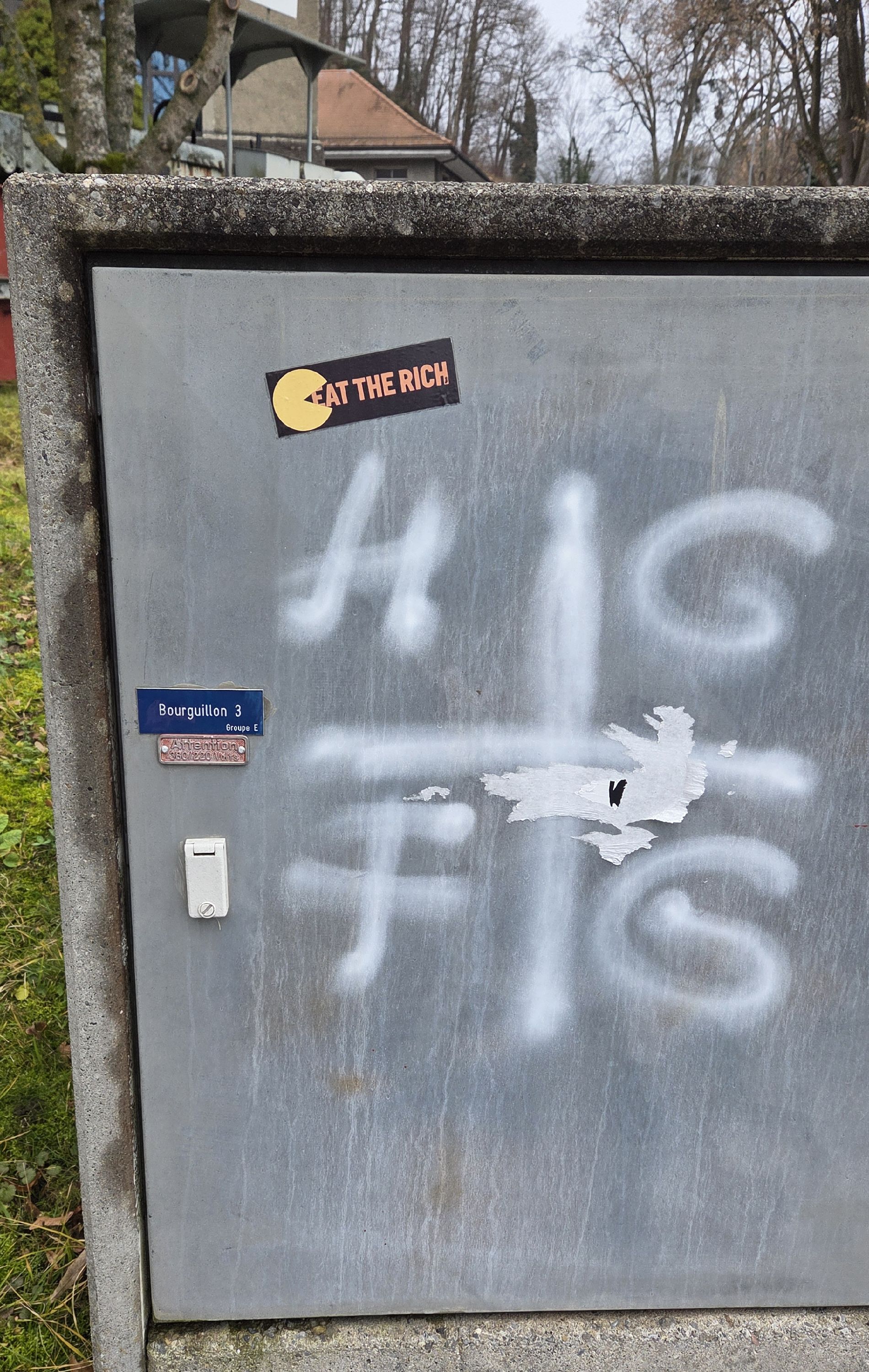
|
149255
|
MSchiegg
|
Switzerland
Fribourg
|
|
|
—
|
Freiburg/Fribourg2025
|
|

|
149254
|
MSchiegg
|
Switzerland
Fribourg
|
|
|
—
|
Freiburg/Fribourg2025
|
|
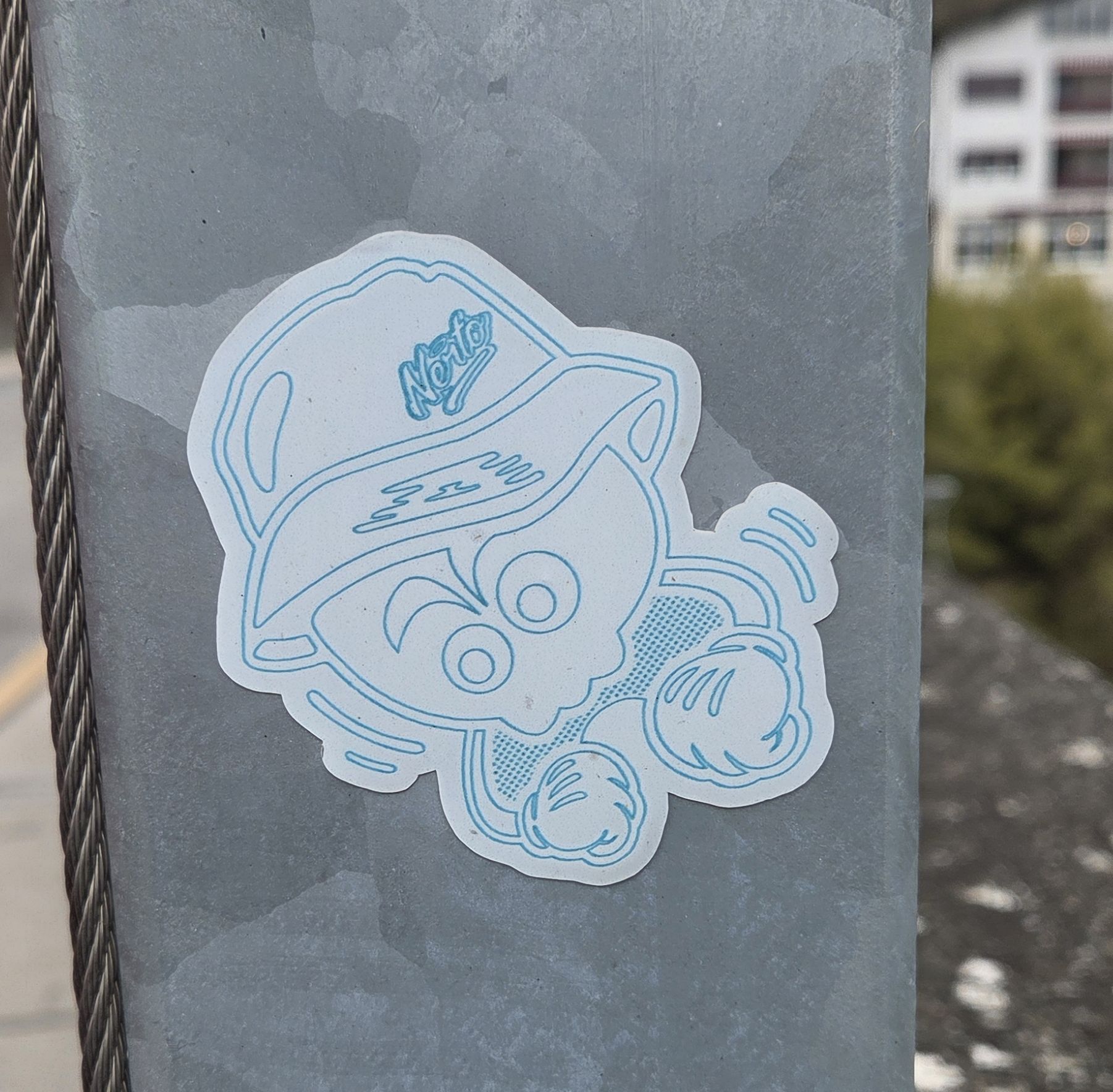
|
149253
|
MSchiegg
|
Switzerland
Fribourg
|
|
|
—
|
|
|
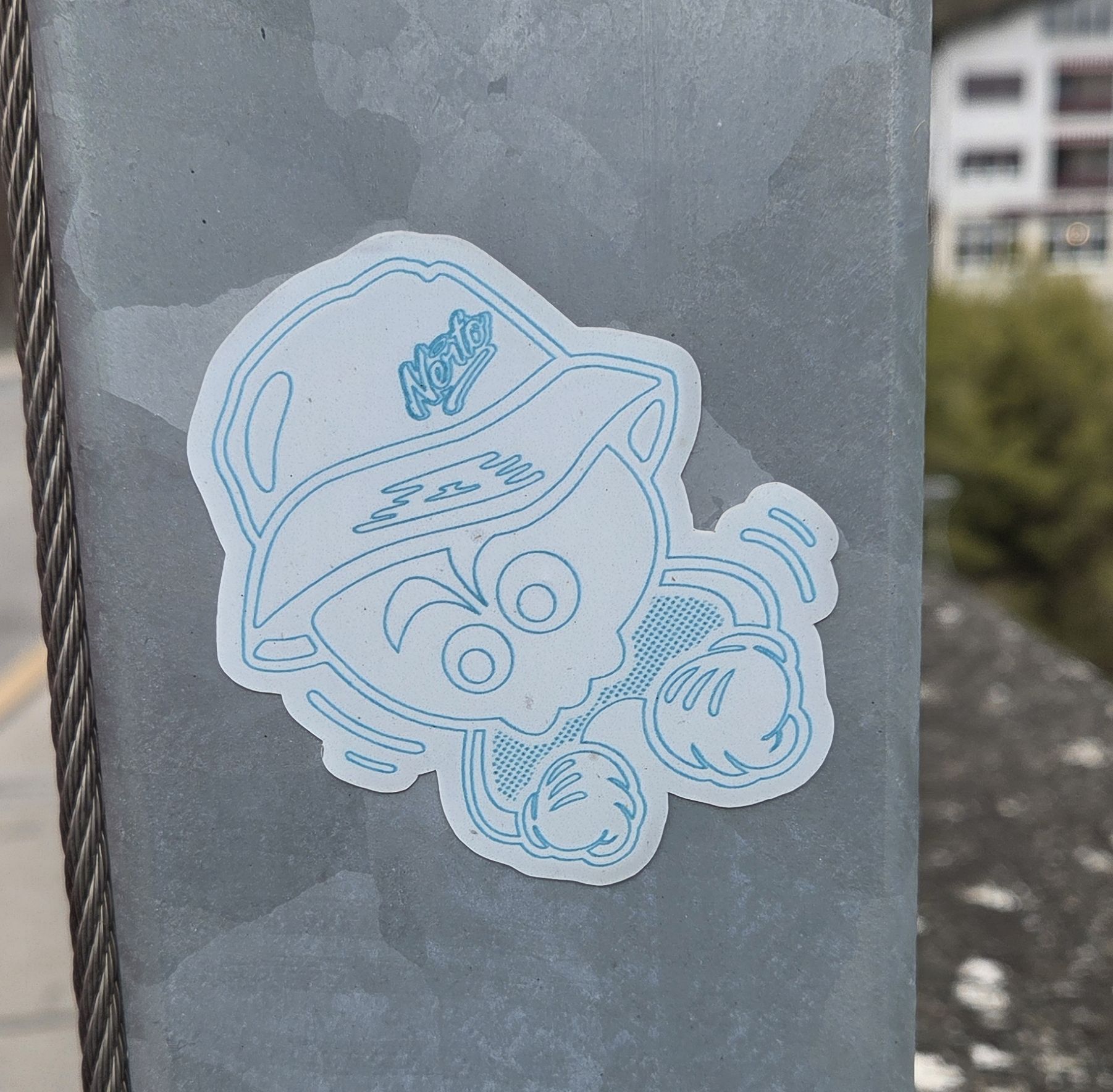
|
149252
|
MSchiegg
|
Switzerland
Fribourg
|
|
|
—
|
Freiburg/Fribourg2025
|
|

|
149251
|
|
Germany
Berlin
|
|
|
—
|
|
|
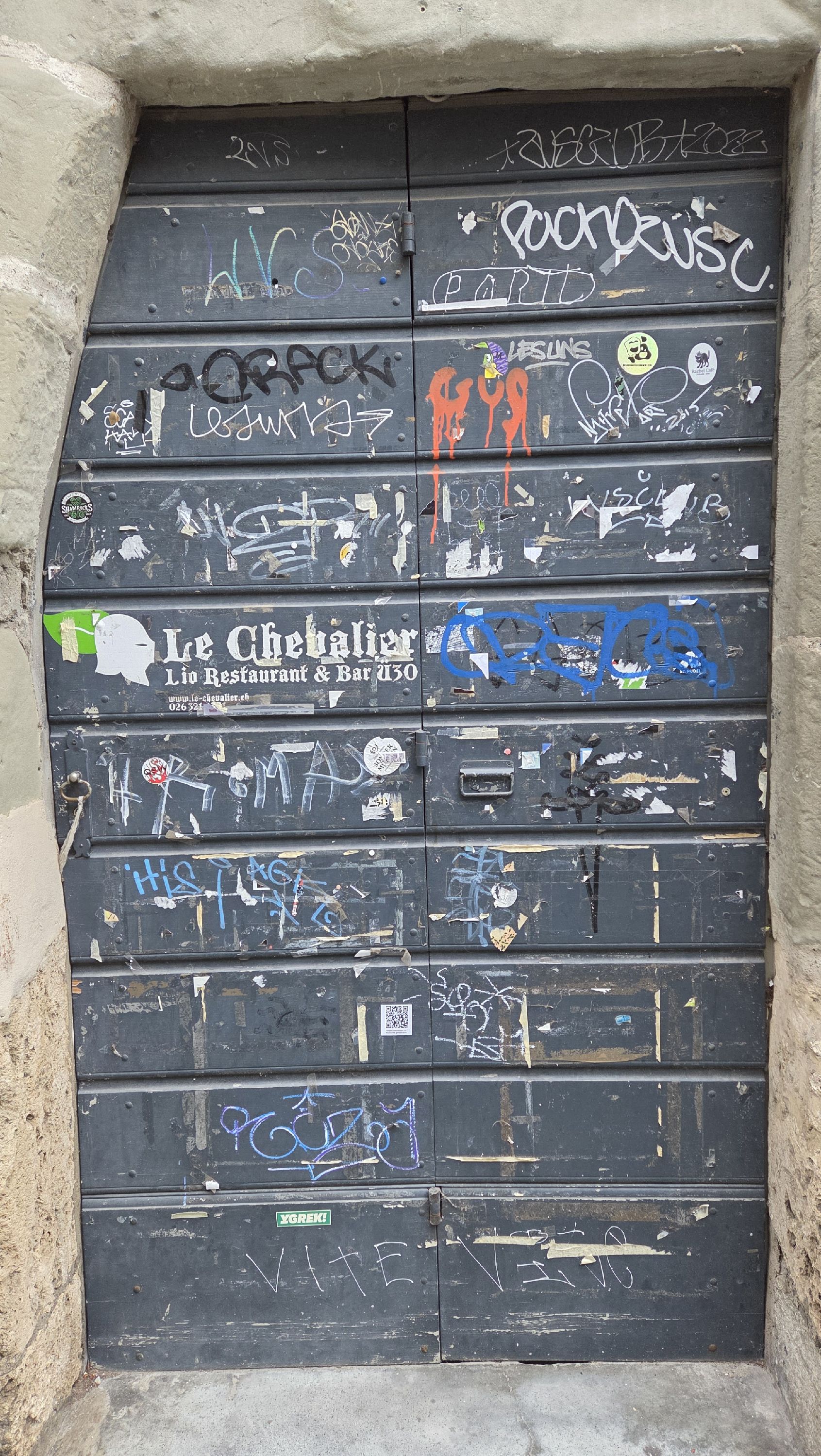
|
149250
|
MSchiegg
|
Switzerland
Fribourg
|
|
|
—
|
Freiburg/Fribourg2025
|
|
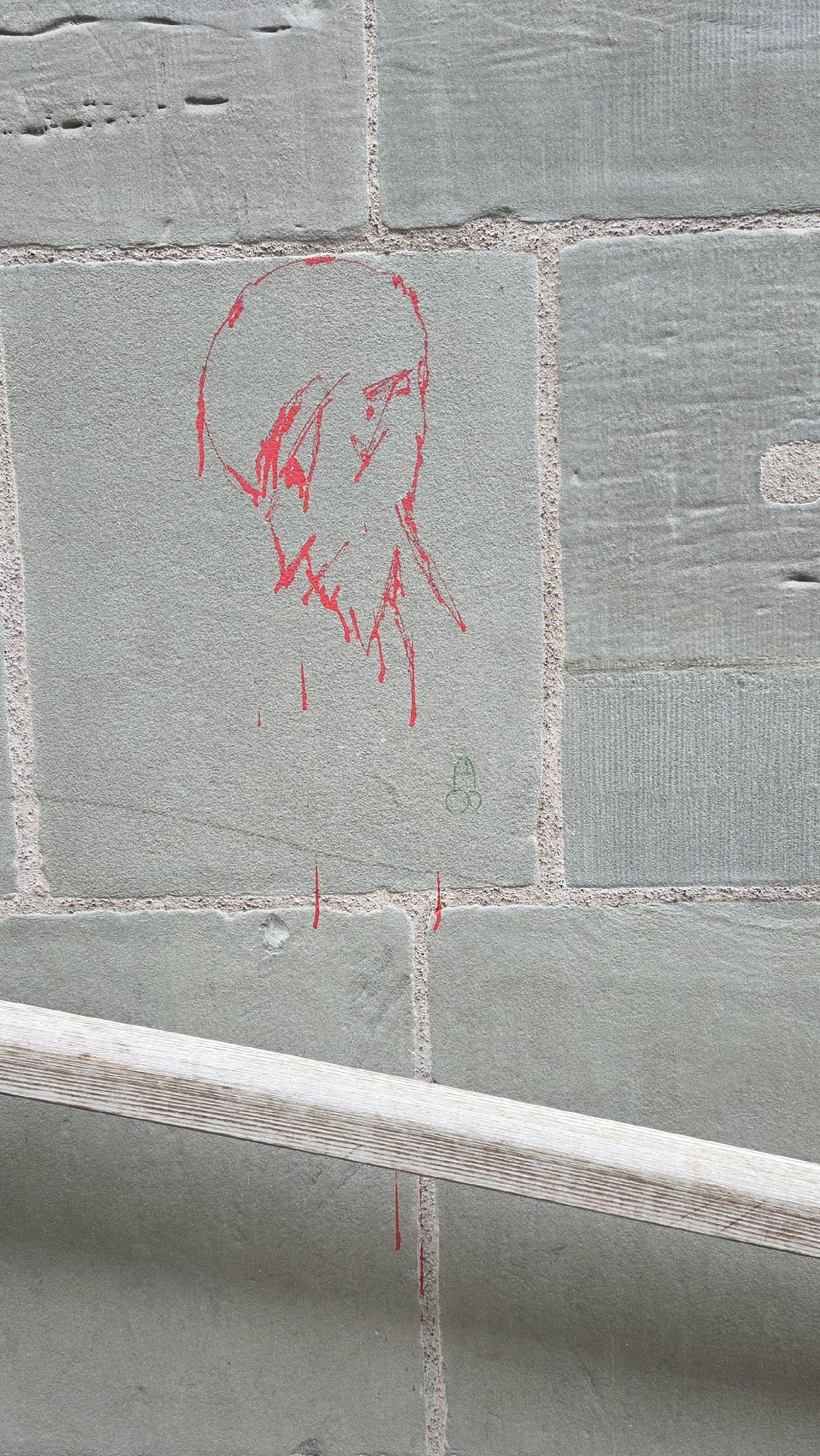
|
149249
|
MSchiegg
|
Switzerland
Fribourg
|
|
|
—
|
Freiburg/Fribourg2025
|
|
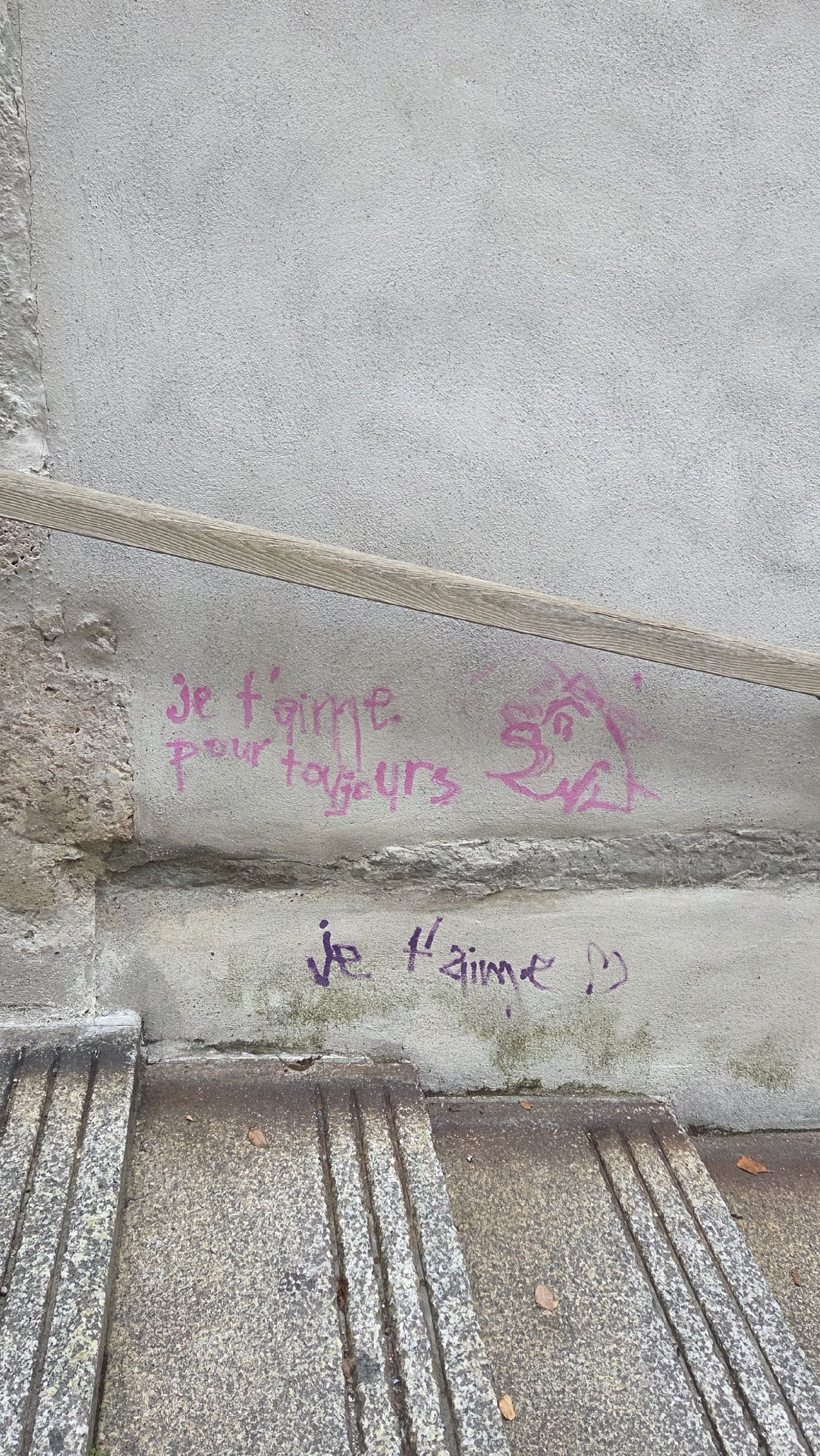
|
149248
|
MSchiegg
|
Switzerland
Fribourg
|
|
|
—
|
Freiburg/Fribourg2025
|
|
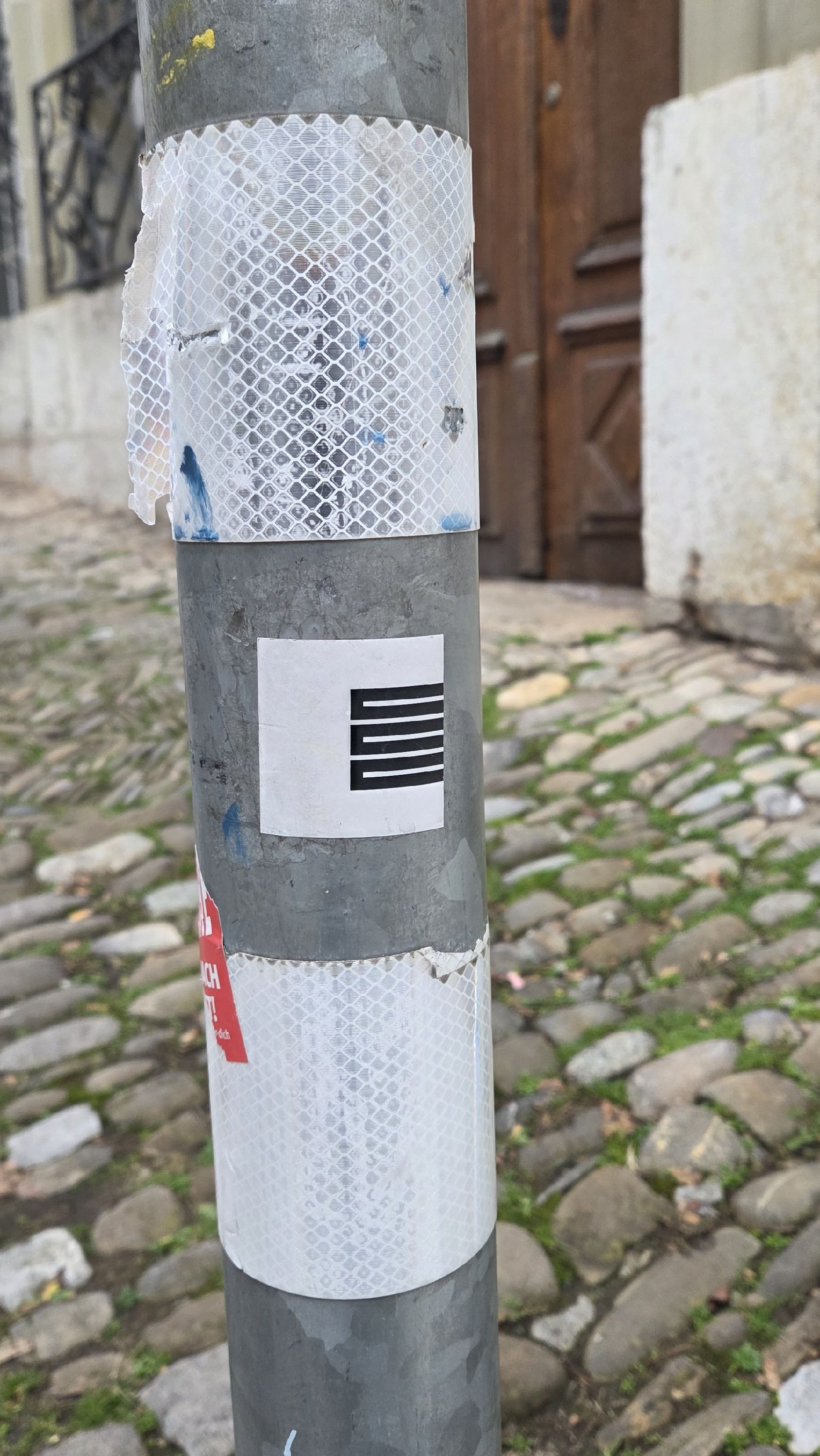
|
149247
|
MSchiegg
|
Switzerland
Fribourg
|
|
|
—
|
Freiburg/Fribourg2025
|
|
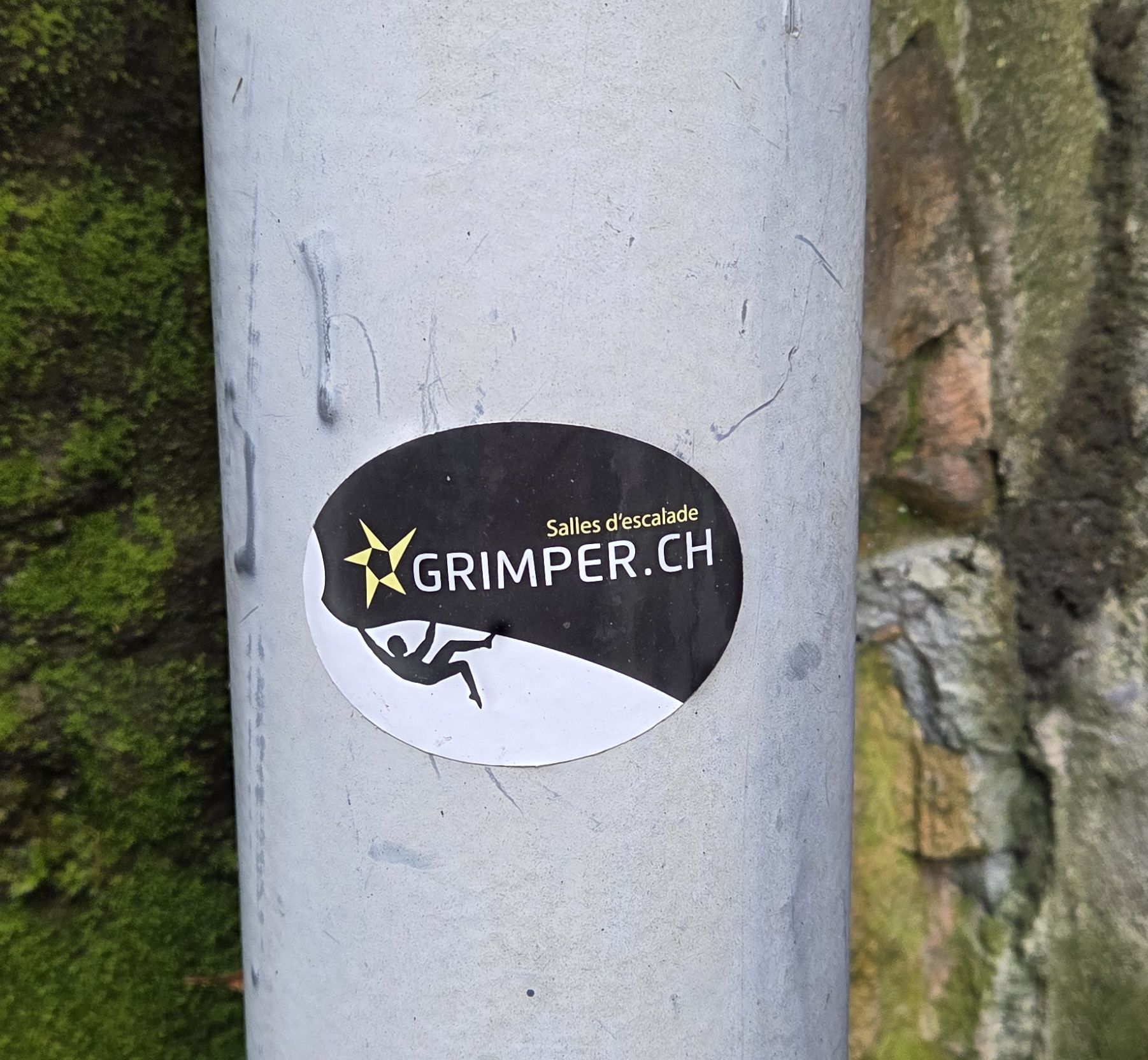
|
149246
|
MSchiegg
|
Switzerland
Fribourg
|
|
|
—
|
Freiburg/Fribourg2025
|
|
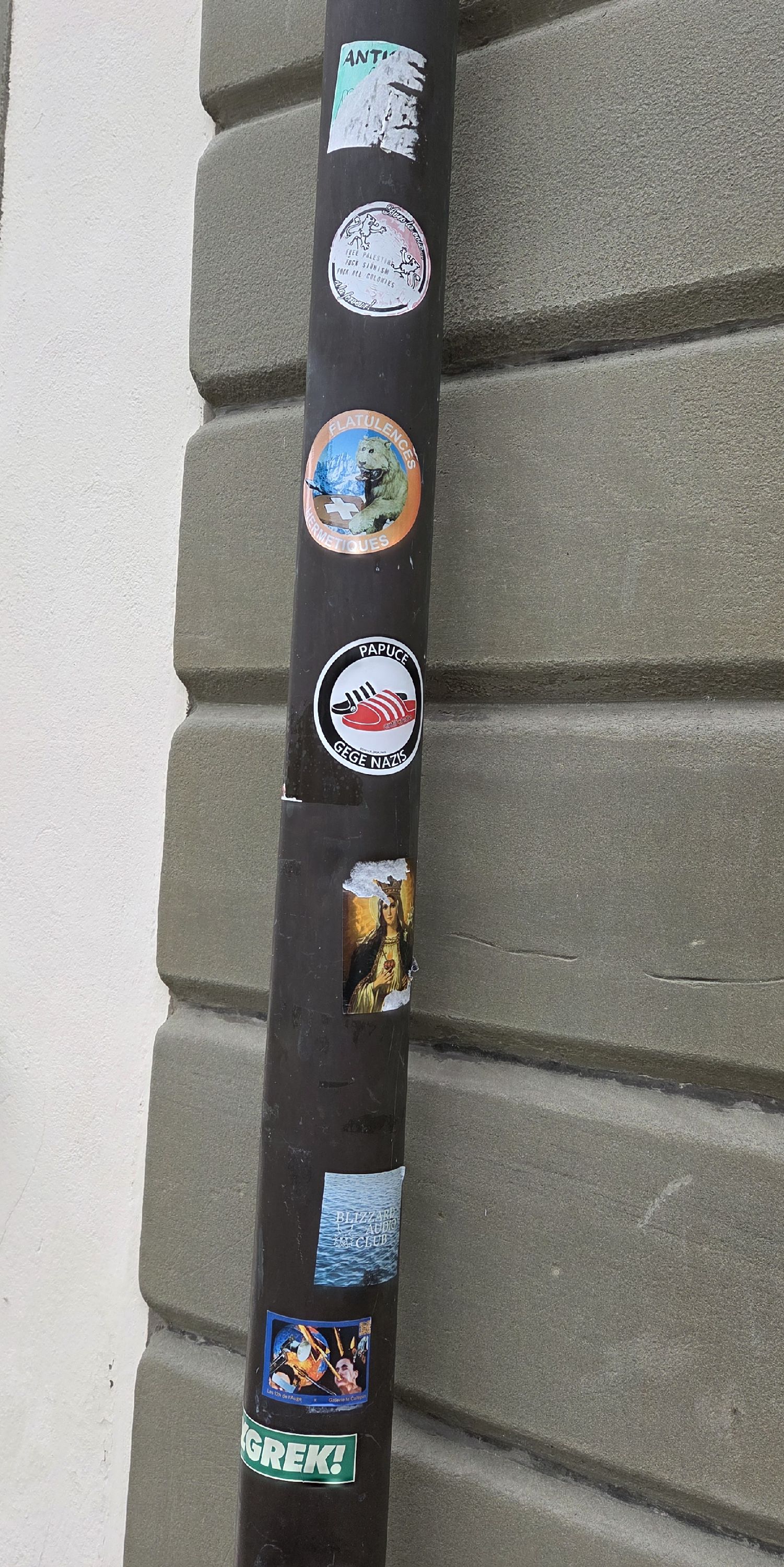
|
149245
|
MSchiegg
|
Switzerland
Fribourg
|
|
|
—
|
Freiburg/Fribourg2025
|
|